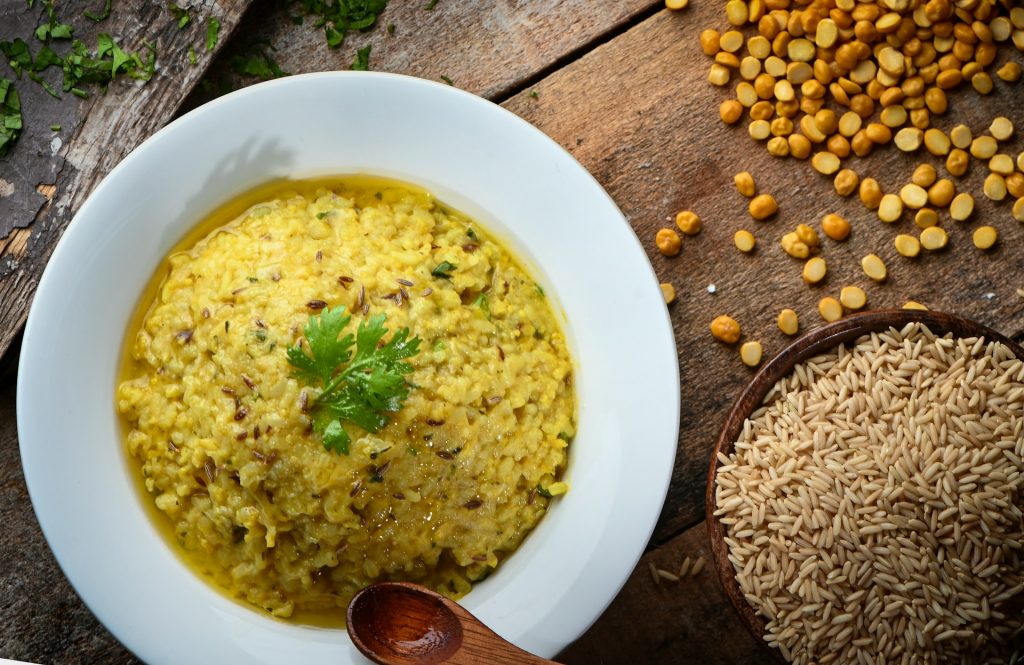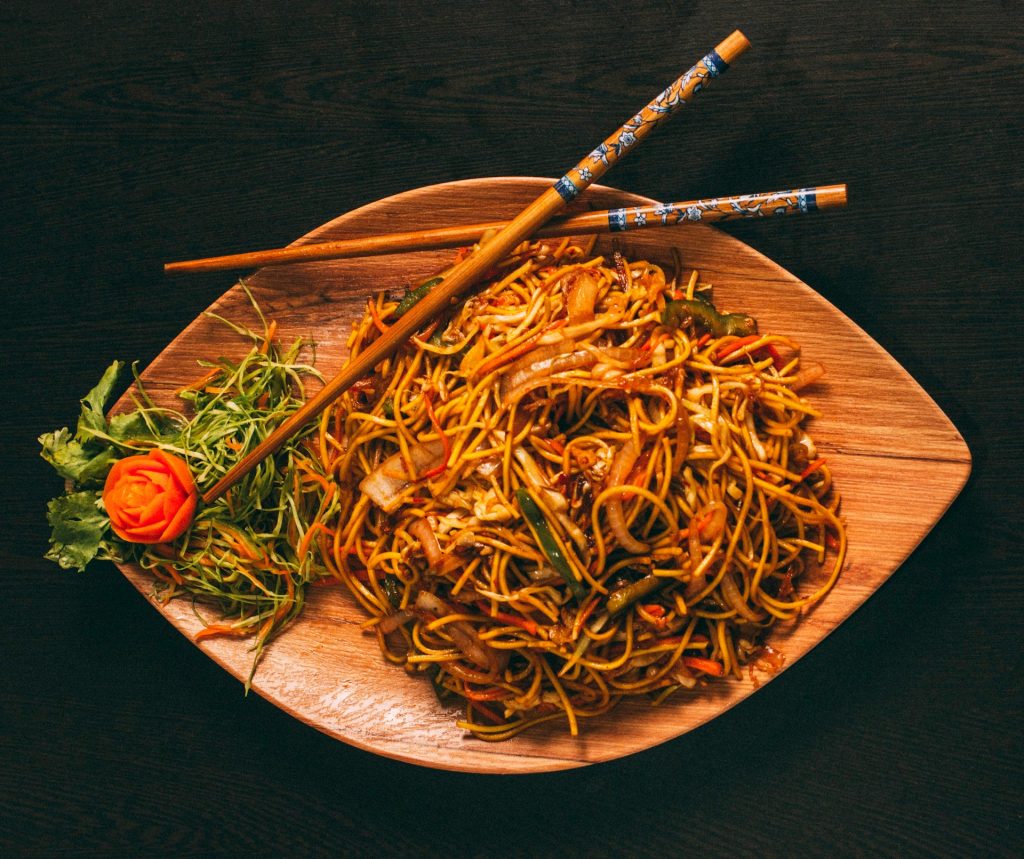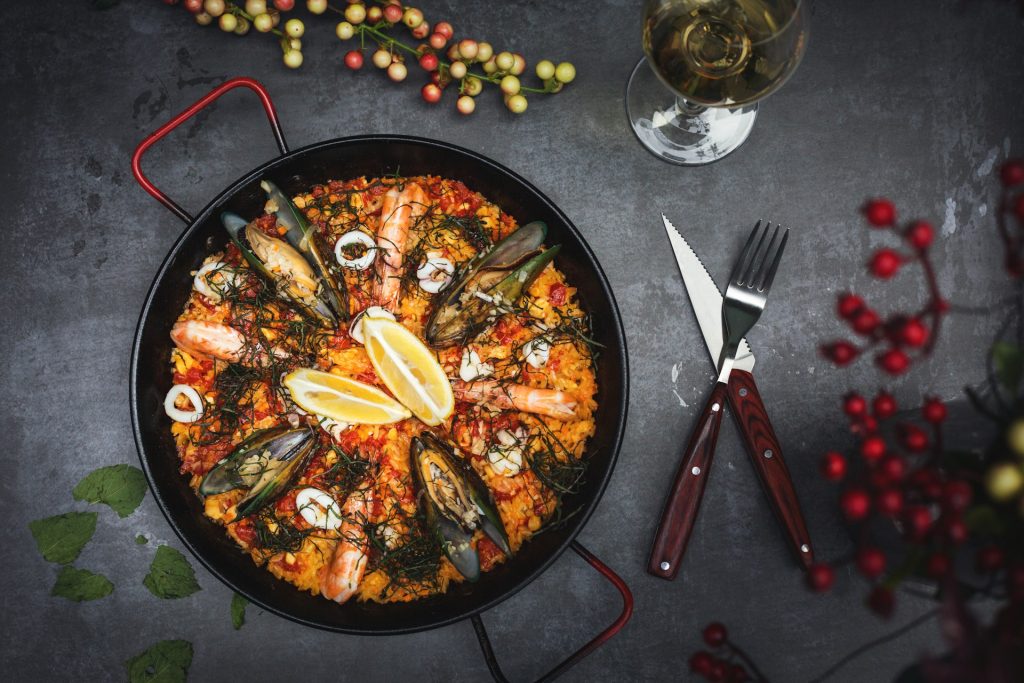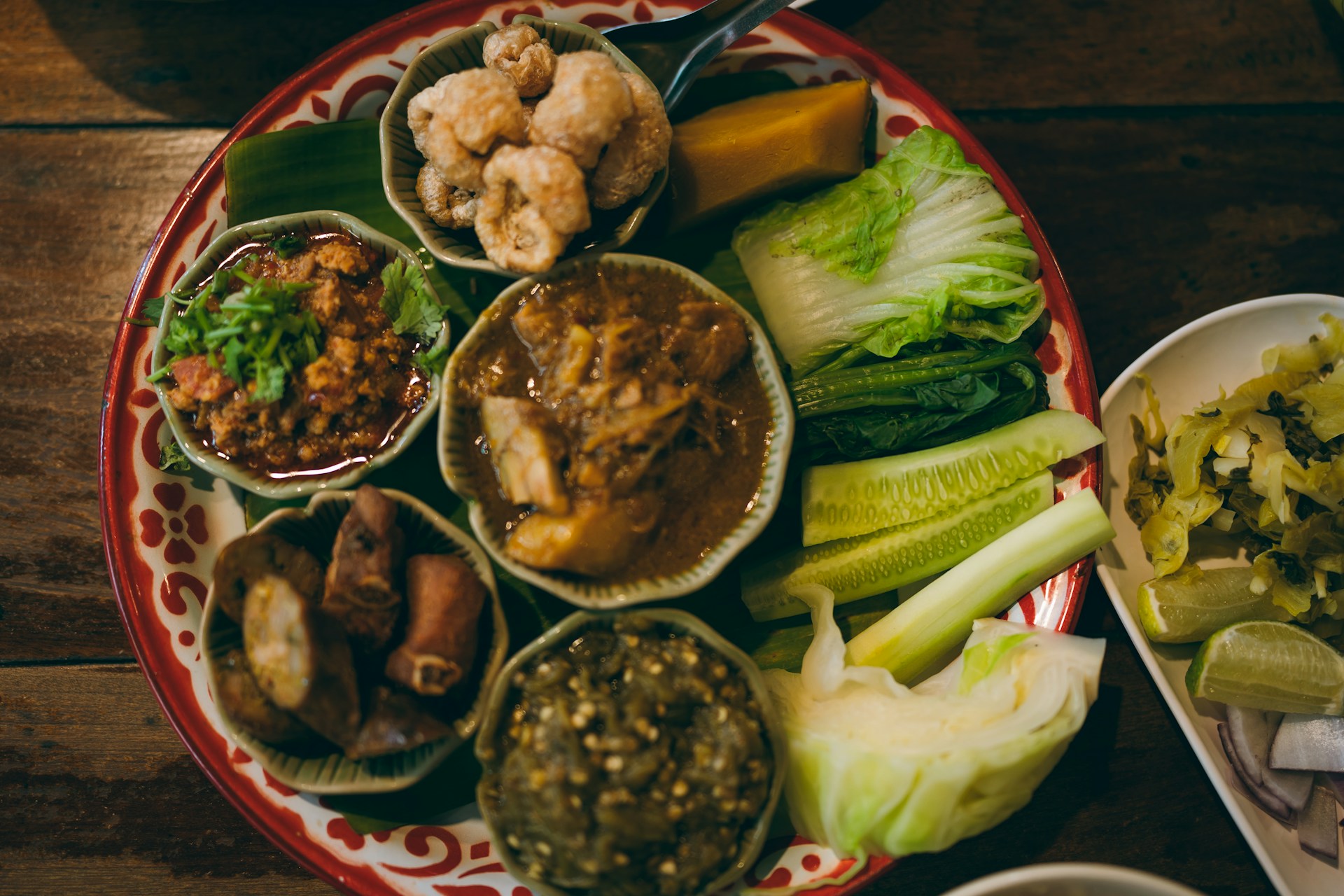The world of spices is vast, diverse, and full of potential to elevate your cooking. From the aromatic spices of India to the bold flavors of Mexico, each region offers its own unique blend of spices that can transform a dish. Whether you’re a seasoned cook or just starting, learning how to use spices from around the world opens up a whole new world of flavors. Let’s explore how you can bring global spices into your kitchen and enhance your meals.

1. Indian Spices: The Heart of Flavor
Indian cuisine is renowned for its bold and complex spice blends. Some staples to have in your pantry include cumin, coriander, turmeric, and garam masala. Cumin brings warmth, coriander adds a citrusy note, and turmeric infuses a golden hue and earthy flavor. Garam masala is a blend of various spices like cinnamon, cardamom, and cloves, creating a sweet, savory, and spicy profile. Use these in curries, lentil dishes, or rice for a true taste of India.
2. Middle Eastern Spices: Warm and Inviting
Middle Eastern spices like sumac, za’atar, cinnamon, and allspice offer a perfect balance of savory, tangy, and warm flavors. Sumac is known for its tangy, lemony flavor and is great for sprinkling on meats or adding to salads. Za’atar, a blend of herbs like thyme and oregano mixed with sesame seeds, is ideal for drizzling over hummus or mixing into olive oil for dipping bread. Cinnamon and allspice are perfect for both sweet and savory dishes, from tagines to pastries.
3. Mexican Spices: Bold and Fiery
Mexican cuisine boasts rich and robust flavors, and spices like chili powder, ancho chili, cumin, and oregano are key to creating authentic dishes. Ancho chili, a dried poblano pepper, offers mild heat with a smoky, slightly sweet flavor. Cumin is often used in tacos, enchiladas, or salsas for a distinctive earthy depth. Experiment with these spices in tacos, burritos, or even to season grilled vegetables for an authentic Mexican experience.

4. Thai Spices: Fresh and Fragrant
Thai cuisine is known for its balance of sweet, sour, salty, and spicy. Key spices and herbs like lemongrass, kaffir lime leaves, galangal, and Thai basil can transform any dish into an aromatic sensation. Lemongrass and kaffir lime leaves add fresh, citrusy notes, while galangal offers a slightly peppery, ginger-like flavor. Thai basil is essential in curries, stir-fries, and soups, adding a peppery yet sweet fragrance that is unmistakable.
5. African Spices: Deep, Earthy, and Bold
African spices often have earthy, smoky, and sweet qualities that make them stand out. Harissa, a North African spice blend made from chili peppers, garlic, and caraway seeds, adds heat and complexity to stews or grilled meats. Berbere, a spice blend from Ethiopia, includes ingredients like chili, garlic, ginger, and cinnamon, bringing deep, complex heat to dishes. Try these spices in stews, grilled meats, or roasted vegetables for a taste of Africa.
6. Caribbean Spices: Zesty and Pungent
Caribbean cooking is famous for its zesty, bright flavors. Allspice, often referred to as “pimento,” is a quintessential Caribbean spice that adds warm, clove-like notes to jerk chicken or stews. Scotch bonnet peppers, known for their heat, are essential in many Caribbean dishes, adding a spicy punch. Other favorites include cinnamon, nutmeg, and thyme. These spices give Caribbean dishes their signature depth and boldness.
7. Chinese Spices: Subtle and Balanced
Chinese cooking often uses spices in subtle, balanced ways, creating harmony in flavors. Star anise, Chinese five-spice powder, and Sichuan peppercorns are key to many dishes. Star anise adds a sweet, licorice-like flavor that works wonderfully in braises and soups. Chinese five-spice powder combines star anise, cloves, Chinese cinnamon, Sichuan peppercorns, and fennel seeds, giving dishes a warm, aromatic taste. Sichuan peppercorns create a unique numbing sensation on the tongue, adding excitement to stir-fries or hotpots.

8. Spanish Spices: Rich and Smoky
In Spanish cuisine, spices like paprika, saffron, and smoked paprika are essential. Smoked paprika adds a deep, smoky flavor to dishes like paella, while saffron is prized for its delicate, floral aroma that infuses rice and seafood dishes with a rich golden color. Spanish pimentón, or paprika, comes in both sweet and hot varieties and can be used in everything from soups to seafood.
Conclusion
Spices are the cornerstone of global cuisine, and using them can bring authenticity and depth to your cooking. Whether you’re creating a curry from India, a tagine from Morocco, or a stir-fry from China, experimenting with these spices from around the world will open up new culinary possibilities. By incorporating these flavors into your meals, you’ll be able to experience a world of taste from the comfort of your kitchen.
Ready to spice things up in the kitchen? Start experimenting with some of these global spices and share your favorite recipes in the comments below!



